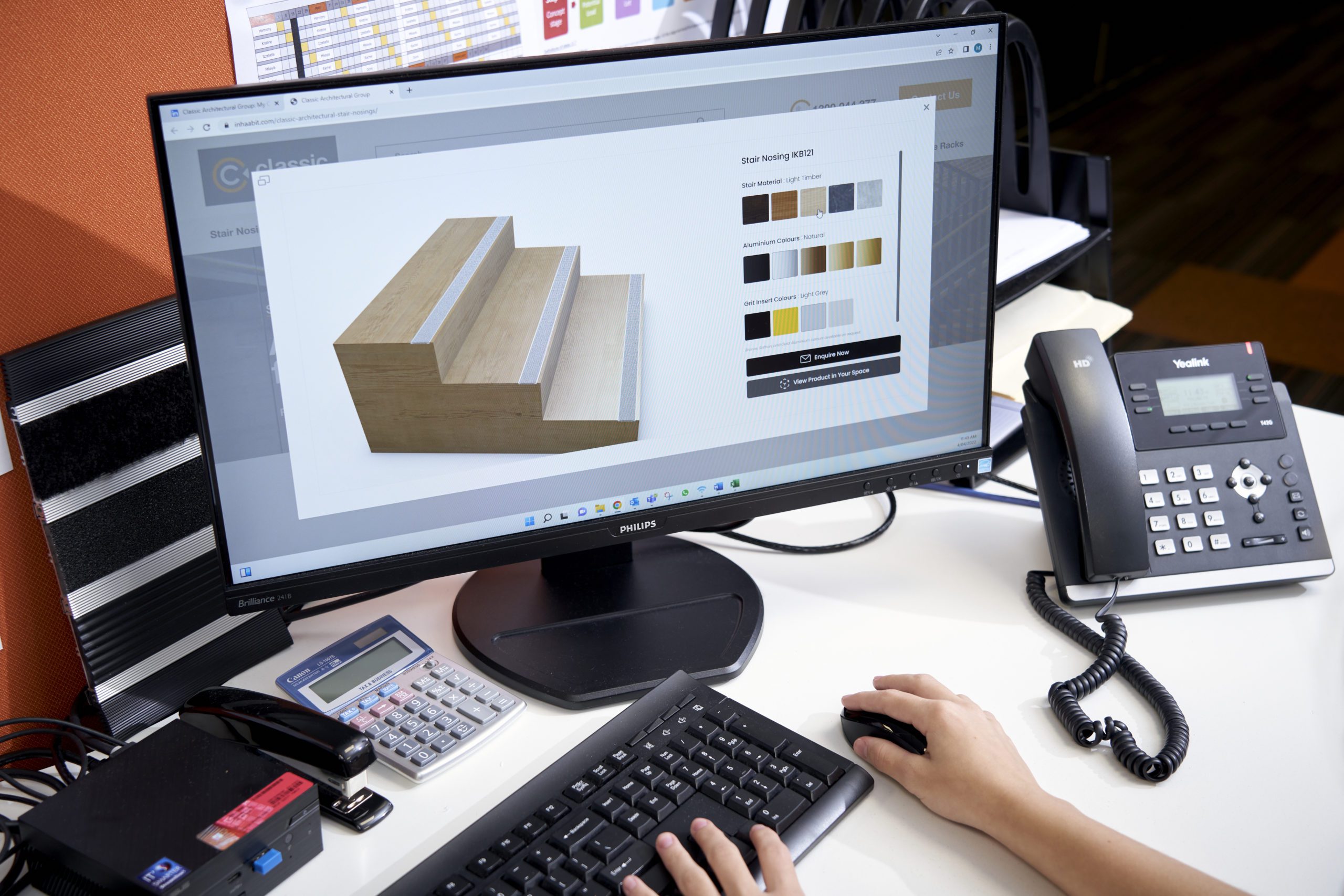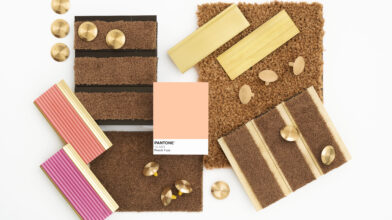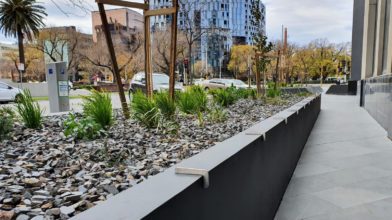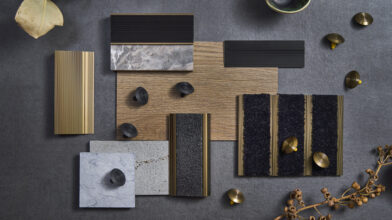Bring your design and product ideas to life with 3D/AR visualisation technology
While 3D and Augmented Reality (AR) technology is already widely used in the entertainment, medical and product development industries, to name a few, it is also quickly revolutionising the architecture and construction space.
Combining 3D models and real-world environments, 3D and AR technology allows building professionals to collaborate and challenge the boundaries – together. Through every phase of project planning, design and construction, users will be able to virtually test designs and make improvements, facilitating a smoother decision-making process. Whether it’s necessary changes based on the clients’ requirements, aesthetic or safety purposes, architects and builders will be able to proactively address potential issues before they become actual problems during and/or after construction. Minimising the back and forth, users can progress quickly through the stages, ensuring a win-win result for both stakeholders and clients.
From choosing flooring colours and materials to conducting an immersive, virtual walk-through of a proposed site, the possibilities are endless with 3D and AR software.
What is 3D Technology?
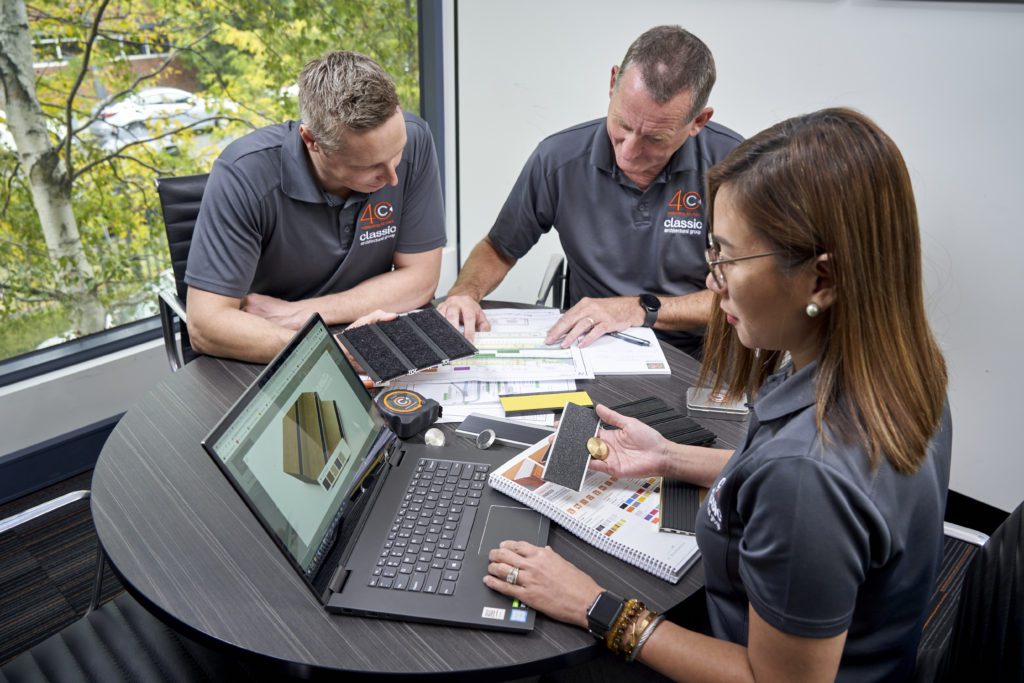
To put it simply, 3D technology uses computer graphics to create, analyse and display three-dimensional objects in a two-dimensional space such as your desktop screen. Producing a photorealistic digital prototype of real-life objects, such as a chair or a building, 3D technology helps to turn ideas into a visible form for further ideation and eventually, creation.
Applications of 3D technologies include:
- 3D modelling
- 3D printing
- 3D visualisation
- 3D display
- 3D animation
Blending virtual and real-world environments, AR provides users with 3D experiences to enhance engagement and testing.
Why is 3D modelling important in architecture and construction?
With 3D modelling, users can combine multi-angled perspectives and additional views to easily understand a proposed structure in the context of the surrounding environment. From analysing surface patterns to rendering custom interiors, digital presentations using 3D modelling allows architects and designers to create and test different ideas while addressing any potential problems.
Facilitating collaboration between teams involved in the construction process, 3D modelling provides users with a real view of the finished project and the ability to provide a virtual walkthrough of a proposed building.
What is Augmented Reality (AR)?
Modifying a real-life environment, Augmented Reality (AR) technology digitally enhances parts of users’ physical world by adding holographic elements via computer-generated input.
Rather than immersing you in a completely artificial environment like virtual reality (VR), AR enhances the world you’re in by superimposing 3D objects, sounds, videos and graphics.
How does AR technology work?
Combining computer vision, simultaneous localisation, mapping, light sensors, and depth tracking, augmented reality overlays digital information on top of a camera-captured, real-world environment. These inputs work together to measure the distance to the objects, motion speed, direction and angle, and overall orientation in space. The collected data is then processed to show animation in a real-time physical location.
For example, architects and builders can use AR to view a 3D model of a design within a job site, allowing them to visualise changes and address potential problems.
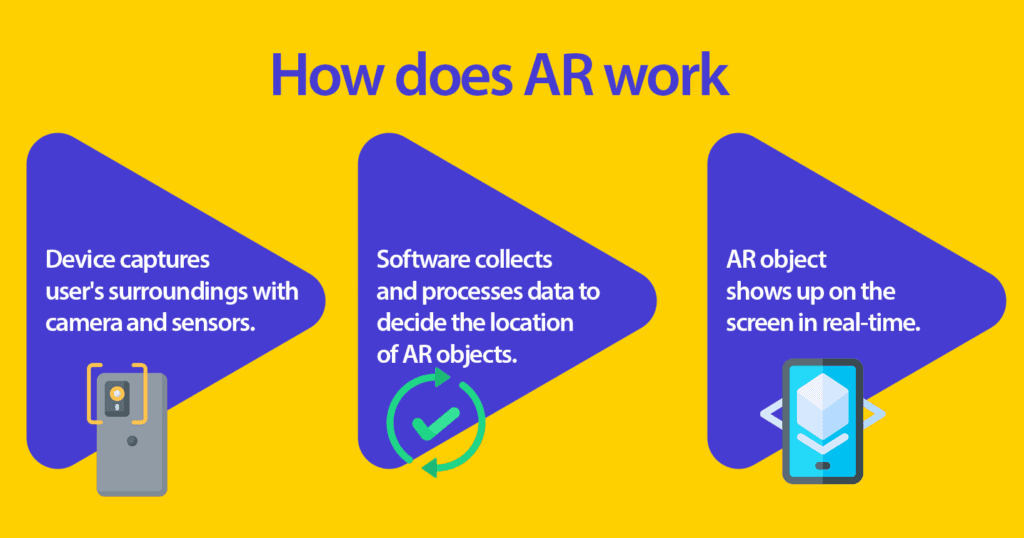
How 3D/AR technology is changing the architecture, design and construction landscape
With 3D, AR and VR (Virtual Reality) technology becoming widely accessible, the building industry has an incredible opportunity to grow and evolve. While architects and designers are already familiar with Computer-Aided Design (CAD) and similar tools, Professor Ning, the Deputy Director of IVE and Professor in Architecture at UniSA, aptly explains that “AR goes one step further to allow these visualisations which are virtual to be inserted into the physical reality, hence, it is augmented.”
He provided an example to explain the benefits of AR in design further “we can now conduct a design review meeting on the actual development site where designs can be examined and experienced in real scale. We can also virtually see through the wall surfaces to reveal the services behind for clash detection, or live-feed data of indoor environmental indicators to be provided to the physical space when testing different layout plans. It’s extremely beneficial and can significantly improve design quality and efficiency in the long term.”
Augmented reality can give clients a sense of the building’s flow and scale, without being limited by a computer monitor, blueprints or 2D plans. Allowing building professionals to creatively visualise their projects before commencing construction, industry experts believe that this advanced technology will not only improve their designs but also change the way we build our physical worlds.
Classic is leading the 3D/AR game to improve our public safety access industry
A tool that will revolutionise the way you make your floor and stair safety product selections, Classic’s 3D/AR visualisation technology will speed up your design and construction process – saving you time and money! Whether you’re an architect, builder or project manager, our ‘Visualise It’ tool will help you to gain an accurate sense of scale, depth and spatial understanding of our public access safety products.
Our game-changing 3D/AR technology is currently available across entrance matting, stair nosings and tactile indicators. Here are a few examples of how you can make your own custom product selections and visualise them on your floor or stair material surface.
Classic Integra Vantt 5500 Entrance Matting – See how your preferred entrance matting or custom design looks against your flooring choices. Simply select your flooring surface, then make your matting colour selections.

Classic Tredfx SBR104 Aluminium Safety Stair Nosing – Use our tool to visualise how your Classic Tredfx stair nosings will look by customising your stair material, nosing material colour and insert colour (where applicable).

Classic Tredfx BH10N Solid Brass Tactile Indicators – Toggle between the available stair material, tactile material colour and insert colour (where applicable) to achieve your aesthetic architectural vision.

Get a step ahead with Classic’s 3D and Augmented Reality (AR) tool for building professionals
Use our 3D technology to make your product selection, then save your configuration. Here’s how:
- Select your floor/stair material, choose your preferred product colour/s, then view it in 3D
- Rotate the 3D image in any direction, simply click and hold the mouse button
- Zoom in on the 3D image using the scrolling button on your mouse, enabling you to finesse the finer details
- Take a photo using the camera symbol*
- Save my configuration by clicking the symbol on the bottom left corner. Your custom design will be emailed to you*
- ‘Visualise It’ using AR to see your product selection in your physical world
*If on a mobile device, use the touchscreen gestures.
Use our AR ‘Visualise It’ technology to view your product selection in your physical space:
- Select your preferred product/colour combination then click the button with the 3D cube icon, “View Product in Your Space”.
- Scan the QR code if on a desktop, enabling you to view the product in your physical space.
- Place the product in your space by pointing your device to an empty area on the floor and slowly move it from left to right. You can change its size, orientation and position by using touchscreen gestures.
As the leading supplier and installer of stair and floor safety products, you know you’re in safe hands when you choose Classic Architectural Group. See how 3D/AR technology works by trying our visualisation tool for yourself today!
If you’d like to get started on your custom product design process or to learn more about offerings, contact our friendly team by calling 1300 244 377. We look forward to helping you get a step ahead.

